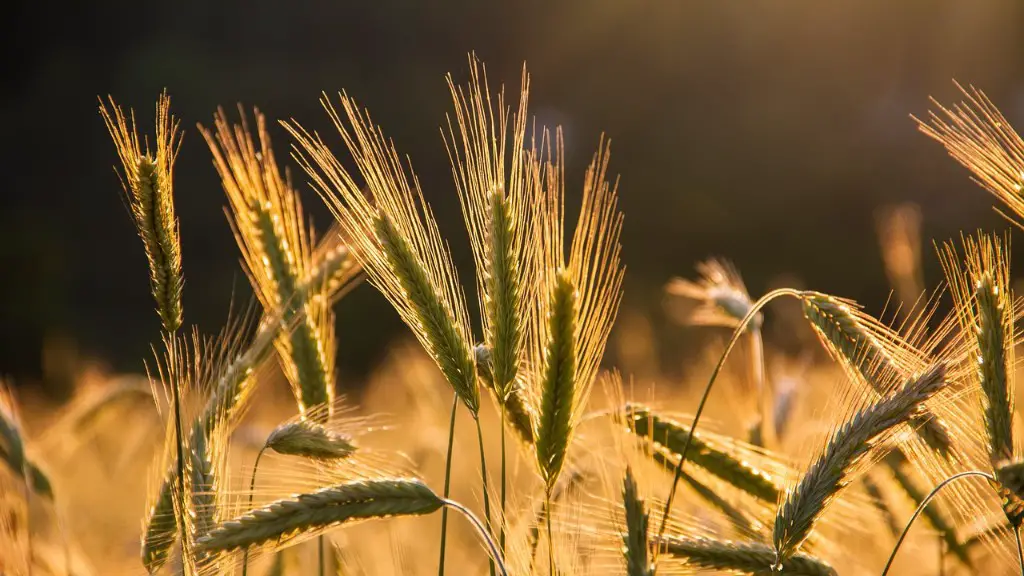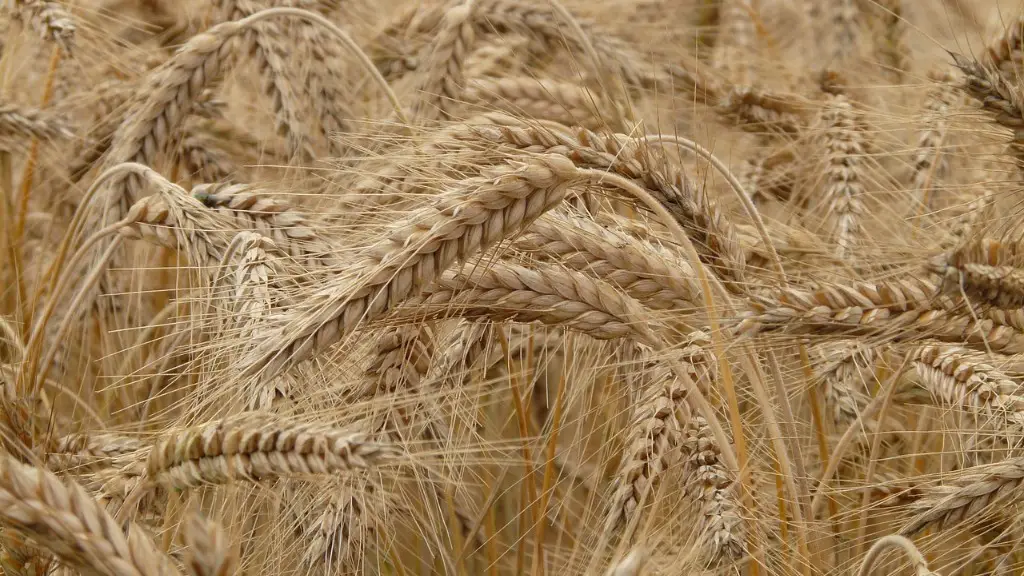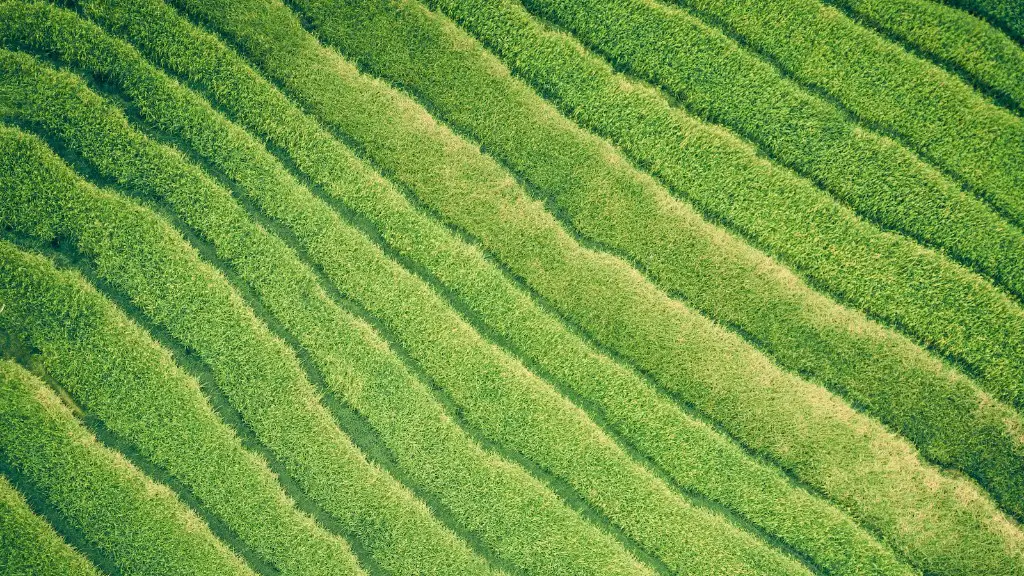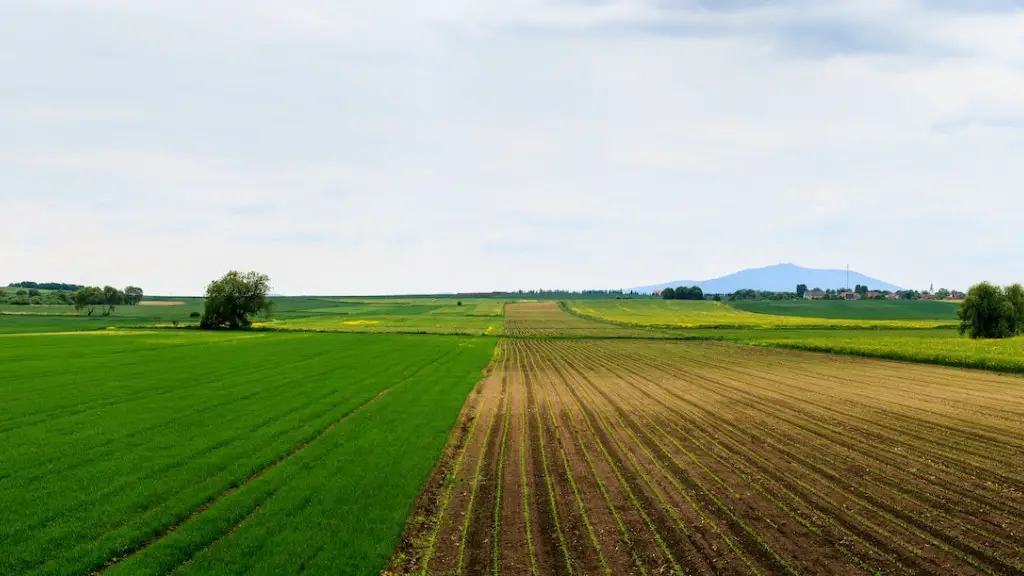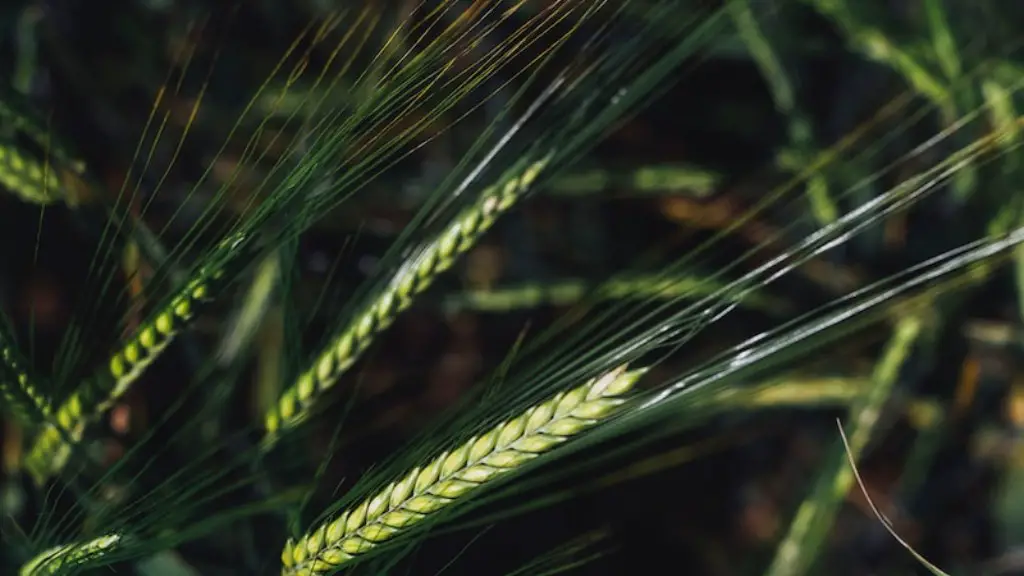In agriculture, plants are cultivated for human use, and domesticated animals are raised for human benefit. Agriculture developed independently in many regions of the world, including the Middle East, Mesoamerica, the Indian subcontinent, China, and the Americas. Agriculture began to emerge as a distinct profession in the 8th millennium BC. The development of agriculture allowed for the domestication of plants and animals, which led to the development of civilizations.
The dawn of agriculture is an important moment in human history, but it is one for which we have no direct evidence. We have to piece together the clues that come from archaeology, climate change, and anthropology. Based on the best evidence available, we believe that agriculture was developed between 10,000 and 12,000 years ago, in the regions of the world where the first human societies arose.
When and where was agriculture developed?
The Zagros Mountain range, which lies at the border between Iran and Iraq, was home to some of the world’s earliest farmers. Sometime around 12,000 years ago, our hunter-gatherer ancestors began trying their hand at farming. These early farmers were able to eke out a living in the harsh conditions of the Zagros Mountains, and their success laid the foundation for the rise of civilization as we know it. Today, the Zagros Mountains are still home to many traditional farmers, who continue to practice the same methods of agriculture that their ancestors did thousands of years ago.
Agriculture is thought to have originated in a few small hubs around the world, but the first evidence of agriculture comes from the Fertile Crescent, a region of the Near East including parts of modern-day Iraq, Syria, Lebanon, Israel and Jordan. Agriculture allowed for the domestication of plants and animals, which led to the development of civilizations. Today, agriculture is a vital part of the global food system, providing us with the food we need to survive.
Who first developed agriculture
The Egyptians were among the first peoples to practice agriculture on a large scale. This was made possible with the development of basin irrigation. Basin irrigation is a method of irrigation in which water is collected in a basin and then distributed to the crops. This type of irrigation was very important in the development of agriculture.
Agriculture began in the Americas independently from the Old World and about 10,000 years before present. This is a contrast to the thousands of years that people were present in the Old World before agriculture developed.
Where did agriculture begin in America?
It is believed that agriculture arose independently in at least three different regions of the world: South America, Mesoamerica, and eastern North America. Each region developed its own unique form of agriculture, based on the local climate and the available plant and animal resources.
Agriculture is the process of growing crops and raising livestock for human consumption. It is one of the oldest human activities, dating back to the dawn of civilization. Agriculture allowed for the domestication of plants and animals, which led to the development of civilizations. Today, agriculture is a vital part of the global food system, providing people with the majority of the food they eat.
What is the history about agriculture?
Farming was an important development in human history, as it allowed for the domestication of plants and animals and the production of food on a larger scale. The first crops were domesticated in the predynastic period at the end of the Paleolithic, after 10,000 BC. Staple food crops were grains such as wheat and barley, alongside industrial crops such as flax and papyrus. In India, wheat, barley and jujube were domesticated by 9,000 BC, soon followed by sheep and goats.
Humans first began practicing agriculture during the Neolithic era, also known as the New Stone Age. This was between 7,000 and 10,000 years ago. During this time, eight different crops were domesticated: emmer wheat, einkorn wheat, peas, lentils, bitter vetch, hulled barley, chickpeas, and flax. The Neolithic era ended with the development of metal tools.
In which age early man started agriculture
The Neolithic Period or the New Stone age is the period which is indicated with agriculture as its connection because in this time the introduction of cereal cultivation and animal domestication occurred The people began to utilise cultivated land to grow different crops, advanced tools, pottery or constant shelters.
This period is also said to be characterized by the introduction of copper and gold metallurgy, megalithic architecture and the use of polished stone tools. The Neolithic period is said to have ended with the Chalcolithic period.
When the climate of the world changed, people started observing places where edible plants like seeds, plants, etc were found. They started growing their own plants and thus became farmers.
When did agriculture start 4700 years ago?
The time period for the beginning of agriculture in the world is about 8000 years old. It is believed that humans started farming about 8000 years ago. Some such areas were found in the north-west of India where humans started growing crops like wheat and barley about 8000 years ago. However, the exact date and place of the beginning of agriculture is still unknown.
Native Americans were some of the first people to farm domesticated crops in the Eastern Woodlands, the Great Plains, and the American Southwest. They grew crops like corn, beans, squash, and pumpkins, and used them to feed themselves and their families. Today, many Native Americans still farm these same crops, and they are an important part of the American food system.
When did the US shift from agricultural to industrial
The United States underwent a major transition during the late 18th and early 19th centuries. The country changed from an agricultural economy to an industrial one. This transformation took more than a century to complete. The first phase of the transition began in the 1790s and lasted through the 1830s. During this time, the country experienced rapid economic growth and industrialization. New technologies and transportation systems were developed, and factories and cities began to sprout up across the country. The industrial economy transformed the United States into a major world power.
Farms changed a great deal during the 1950s. In 1950, the average farm was 213 acres; by 1960, it had grown to 297 acres. The number of large-scale commercial farms continued to increase because they were more efficient and productive.
What is the #1 agriculture state in the US?
The top ten agriculture-producing states in terms of cash receipts in calendar year 2021 were California, Iowa, Nebraska, Texas, Minnesota, Illinois, Kansas, Indiana, North Carolina, and Wisconsin. These states accounted for over half of the country’s total cash receipts from farming. California, the top agriculture-producing state, generated over $40 billion in cash receipts, while Iowa, the second-ranked state, produced nearly $32 billion. Nebraska, Texas, Minnesota, Illinois, and Kansas, the third through seventh-ranked states, respectively, generated between $20 and $27 billion in cash receipts. Indiana, North Carolina, and Wisconsin rounded out the top ten, with each state generating between $10 and $13 billion in cash receipts.
The cultivation of crops in America begins in the Tehuacan valley, southeast of the present-day Mexico City. Squash and chili are the earliest plants to be grown – soon followed by corn (or maize) and then by beans and gourds. early Americans also cultivated cotton, tobacco, and cacao. Some of these crops, like corn, beans, and squash, were grown by Native Americans for thousands of years before the arrival of Europeans.
What state is first in agriculture
The state of California ranks first in the United States for agricultural cash receipts, followed by Iowa, Texas, Nebraska and Illinois. This means that California produces more agricultural products than any other state in the country and generates more revenue from these products than any other state as well. California’s large population and diverse climate allow for a wide variety of crops to be grown in the state, making it a key player in the US agricultural industry.
The Neolithic Revolution refers to the transition from a hunter-gatherer lifestyle to one focused on agriculture and domesticated animals. This period is also known as the New Stone Age, and it began around 10,000 years ago in various parts of the world. One of the earliest examples of this transition is the excavation of Mehrgarh in modern day Pakistan. Here, evidence of wheat, sesame, barley, and eggplant cultivation has been found, as well as the domestication of cattle and chicken. This suggests that the people of Mehrgarh were some of the first to adopt a more sedentary way of life based on agriculture and animal husbandry.
Conclusion
The domestication of plants and animals and the development of agriculture occurred between 10,000 and 5,000 years ago in different parts of the world.
Although there is evidence of agricultural activity as early as 10,000 B.C., the first civilizations did not emerge until after 4000 B.C. In the Fertile Crescent of the Near East, people began to domesticate plants and animals, and to live in villages. Between 4000-3500 B.C., Sumerian cities arose in Mesopotamia. Agriculture allowed for the growth of these civilizations by providing a food surplus.
